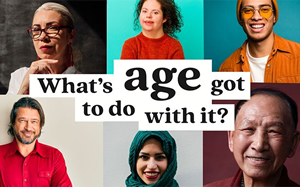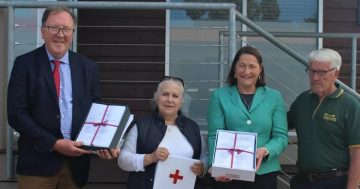 Ageism remains the most accepted form of prejudice in Australia, according to a new report from the Australian Human Rights Commission (AHRC).
Ageism remains the most accepted form of prejudice in Australia, according to a new report from the Australian Human Rights Commission (AHRC).
Led by Commissioner for Age Discrimination at the AHRC, Kay Patterson, the Report, What’s age got to do with it? A snapshot of ageism across the Australian lifespan, found 90 per cent of Australians agreed that ageism existed in Australia, with 83 per cent agreeing that ageism was a problem and 65 per cent saying it affected people of all ages.
Dr Patterson said the Report found 63 per cent of people had experienced ageism in the past five years.
“Ageism is arguably the least understood form of discriminatory prejudice, with evidence suggesting it is more pervasive and socially accepted than sexism or racism,” Dr Patterson said.
The Commissioner said ageism was experienced in different ways, with young adults (18-39) most likely to experience ageism as being condescended to or ignored, particularly at work; middle-aged people (40-61) most likely to experience ageism as being turned down for a job; and older people (62+) most likely to experience ageism as being ‘helped’ without being asked.
“(The Report) also shows the generations have much in common, but that there are ongoing tensions which arise from stereotypes held by one generation about another,” she said.
“While we found common stereotypes about different age groups during our research, I was struck by the warmth expressed by participants towards members of age cohorts other than their own – and a real understanding of the life issues faced by those of other age groups.”
Dr Patterson said most people rejected common stereotypes when questioned, with 70 per cent disagreeing that today’s older generation was leaving the world in a worse state than it was before and less than 20 per cent of people agreeing that any age group was a burden on their family or a burden on society.
The AHRC’s 284-page Report can be downloaded at this PS News link.











